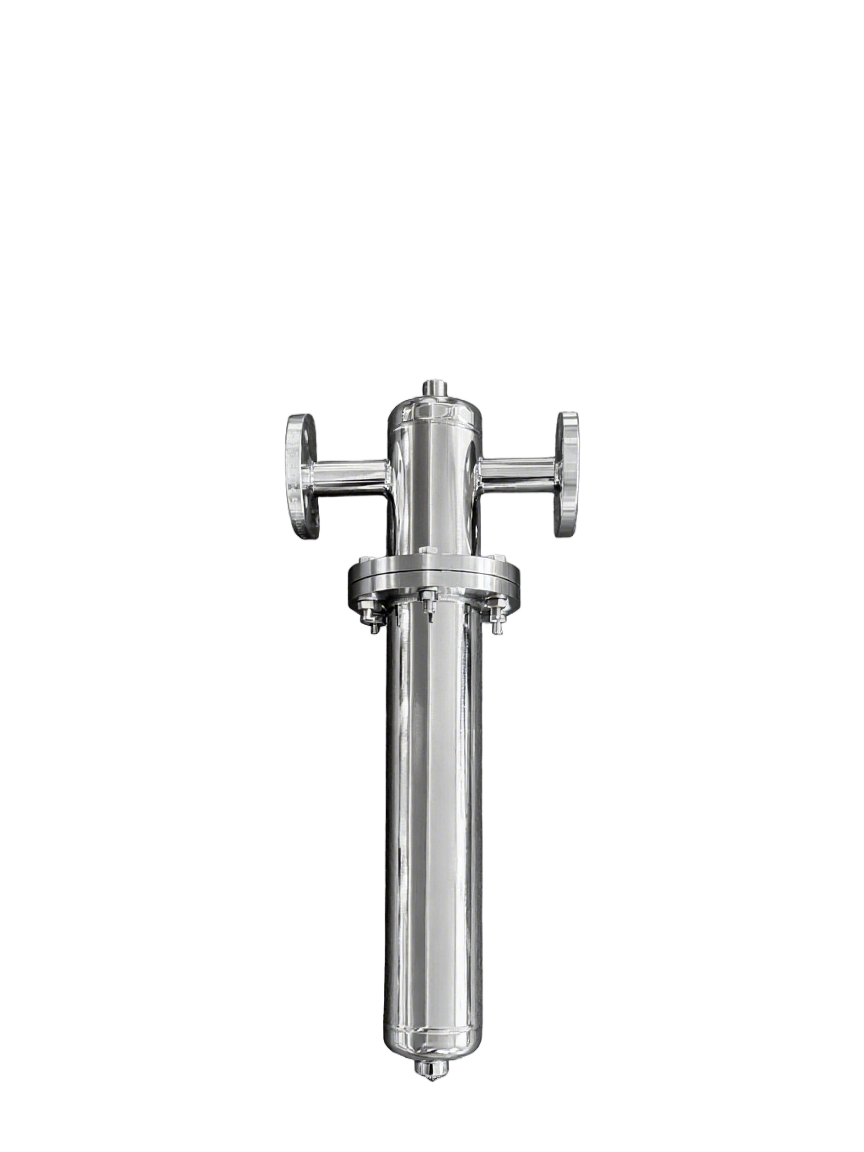Manufacturing process of FR4 epoxy fiberglass laminate
In the realm of electrical and electronic engineering, FR4 epoxy fiberglass laminate stands as a cornerstone material for its exceptional insulation and mechanical properties. In this blog post, Hangzhou Blue Sun will share with you the manufacturing process of FR4 epoxy fiberglass laminate for sale as a multifunctional material.
The Substrate:
The journey of FR4 begins with its substrate, a woven fiberglass fabric. This fabric is meticulously woven to provide the necessary strength and stability. The fiberglass, known for its high tensile strength and resistance to compression, is the backbone of FR4's mechanical robustness.
Impregnation with Epoxy Resin:
Once the fiberglass fabric is prepared, it is impregnated with a flame-retardant epoxy resin. This resin not only binds the fiberglass layers together but also imparts electrical insulation and heat resistance. The selection of epoxy resin is crucial, as it must be compatible with the fiberglass and provide the desired properties post-curing.

Curing Process:
After impregnation, the resin-infused fiberglass is subjected to a controlled curing process. This involves heating the material under specific conditions to initiate the polymerization of the epoxy resin. The curing process is meticulously monitored to ensure uniformity and to achieve the optimal balance of mechanical strength and electrical insulation.
Lamination:
The cured sheets are then laminated under high pressure to consolidate the layers and eliminate any air bubbles or voids. This step is critical in ensuring the uniformity and dimensional stability of the final product. The lamination process also enhances the material's resistance to delamination under stress.
Testing and Quality Assurance:
Before the FR4 laminate can be deemed ready for use, it undergoes a series of rigorous tests. These tests include evaluation of its flexural strength, impact strength, electrical breakdown strength and insulation resistance after immersion in water. Each parameter is critical in ensuring that the FR4 meets the industry standards for electrical and mechanical performance.
Applications:
The final product, FR4 epoxy fiberglass laminate, finds its way into a multitude of applications. From printed circuit boards (PCBs) to high-voltage insulation components, FR4's versatility is unparalleled. Its high mechanical strength at medium temperatures, coupled with excellent electrical performance stability at high temperatures, makes it a preferred choice for demanding environments.

Conclusion:
The manufacturing process of FR4 epoxy fiberglass laminate is a testament to the precision and expertise required in the electronics industry. Each step, from substrate preparation to quality assurance, is designed to produce a material that offers reliable performance in a wide range of applications. As technology continues to evolve, the demand for high-quality FR4 laminates is set to grow, further solidifying its position as a key player in the world of electrical insulation.
https://www.bluesun-elec.com.cn/Manufacturing-process-of-FR4-epoxy-fiberglass-laminate.html
www.bluesun-elec.com.cn
Blue Sun
